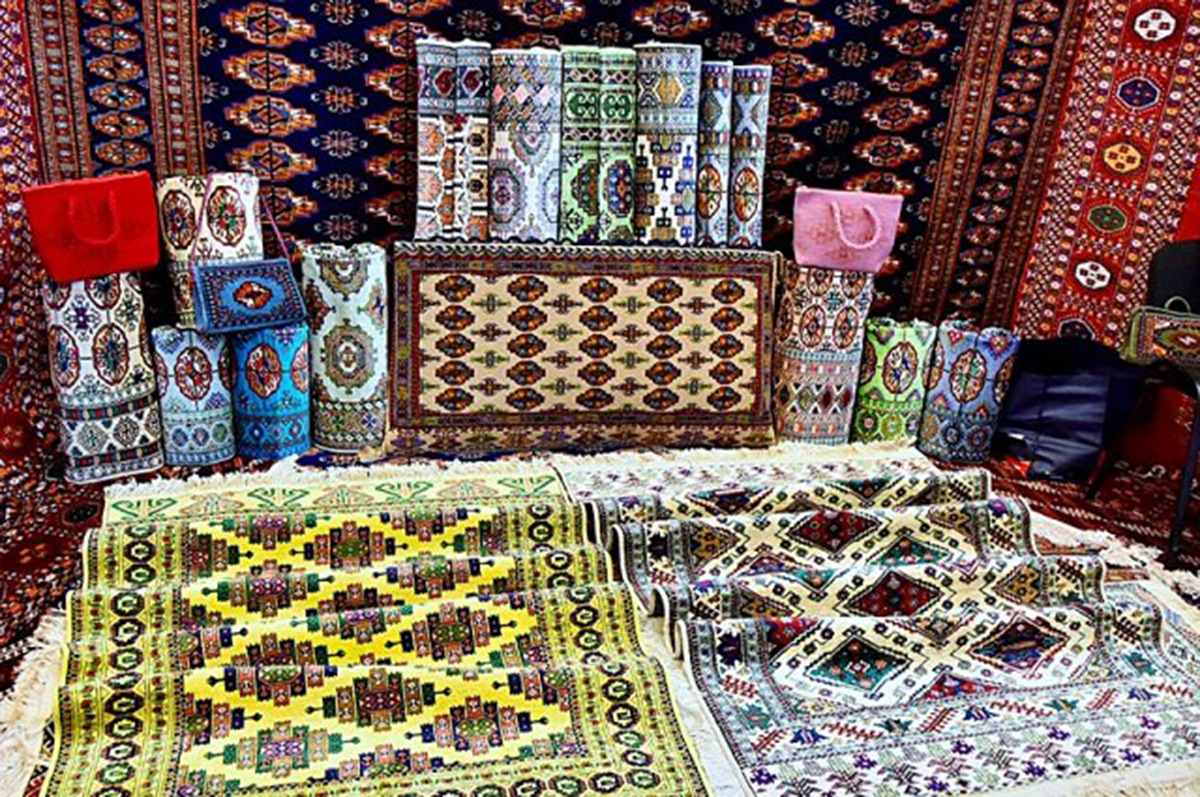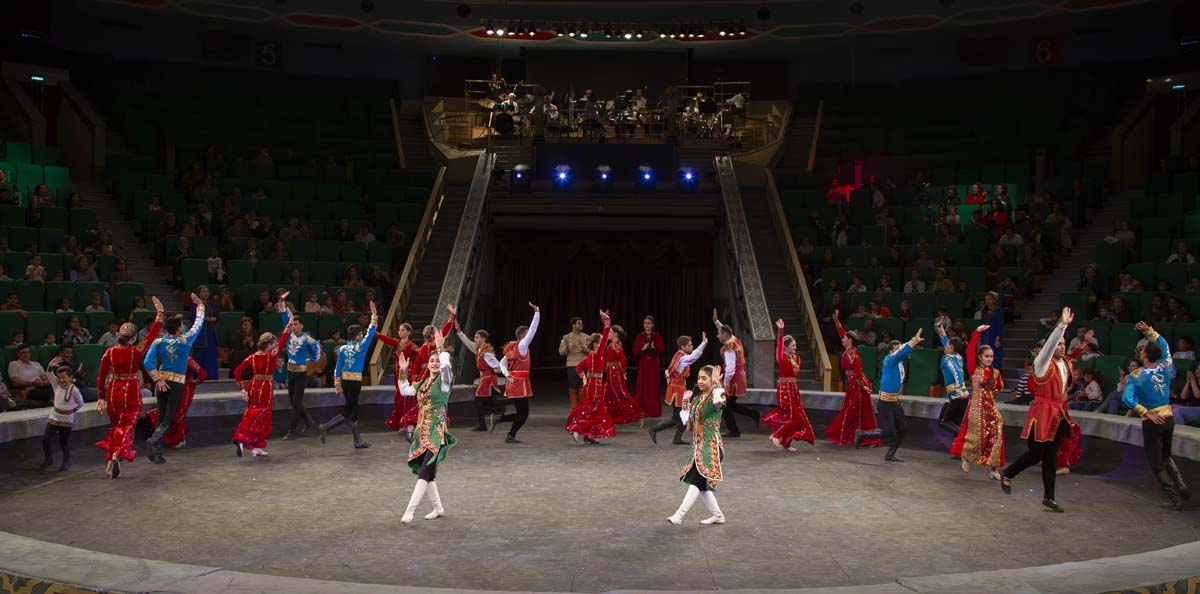On the last Sunday of May, Turkmenistan celebrates the holiday of the Turkmen carpet. A number of events will be held on this day: an exhibition dedicated to the development of the carpet and textile industries, a conference of the World Association of Connoisseurs of Turkmen Handmade Carpet Weaving, award ceremonies for carpet weavers, and other cultural events. This is a professional holiday of carpet weavers, who, according to President Serdar Berdimuhamedov, passing from generation to generation, have brought to our days the secrets of this most complex and time-consuming craft that requires filigree execution. Turkmen masters have turned this craft into a high art, which has been valued in the world at all times, and today is recognized by UNESCO as part of the intangible cultural heritage of mankind.
The French traveler Modera wrote in the 19th century: “Turkmen women are real artists, they weave the most beautiful and stronger carpets.” According to the Hungarian orientalist and traveler Arminius Vamberi, "in addition to the amazing purity of colors, the strength of the fabric, these women are amazing in their ability to maintain the symmetry of figures, often distinguished by great taste." Describing the work of a Turkmen carpet weaver, art critic G. Pugachenkova wrote: “Like a bee that observed the geometric accuracy of honeycombs, it, without any sketch of the future carpet, almost intuitively, builds various regular figures that are absolutely accurate in its distribution on a common field or within borders, but along with traditional sets of certain ornamental themes, brings inexhaustible imagination not only in their combinations, but also in the development of new depictive combinations.
The uniqueness of Turkmen carpets has many facets. This is not only exquisite aesthetics, a noble combination of colors and ornaments, but also an incredible density of knots, a two-sided pattern, and the gigantic size of some samples that are stored in the National Museum of the Turkmen Carpet in Ashgabat. And this is also the philosophical richness and informativeness of Turkmen carpets, which since ancient times reflected the history of the people, their natural environment, beliefs and traditions. In the last century, specific, especially significant historical events have been reflected in man-made carpet canvases, for example, the legendary passage along the route "Ashgabat - Moscow", made in 1935 by Turkmen collective farmers-drummers on horses of the Akhal-Teke and Yomud breeds. Unique in its artistic and historical value, the carpet called “Horse Run” was woven in 1937 in Ashgabat, at the Turkmensoyuz carpet factory, and is stored in the All-Russian Museum of Decorative, Applied and Folk Art in Moscow.
Creative search in the development and popularization of the glorious traditions of traditional Turkmen carpet weaving continues today. Thus, the individual enterprise "Kervenler" recently launched the production of velvet carpets with Teke and Yomut ornaments. Carpet ornaments are also widely used in new forms and directions of Turkmen arts and crafts.
The appeal of artists and craftsmen of various profiles to traditional carpet art indicates that it contains a common cultural code of the nation, which finds diverse expression in music, fine arts, and architectural design. Moreover, the Turkmen carpet is one of the main national symbols that identifies the Turkmen as a nation. Five main carpet gels: akhalteke, salyr, ersars, chovdur, yomut decorate the flag and coat of arms of Turkmenistan, symbolizing the unity and solidarity of the Turkmen people. Therefore, the Day of the Turkmen Carpet is also a national holiday, which brought this invaluable gift to the world treasure of universal human values. In 2019, the Intergovernmental Committee for the Protection of the Intangible Cultural Heritage decided to include the traditional carpet weaving in Turkmenistan in the Representative List of the Intangible Cultural Heritage of Humanity.








